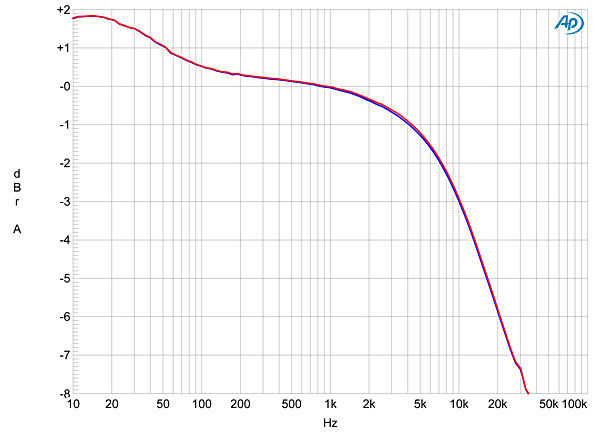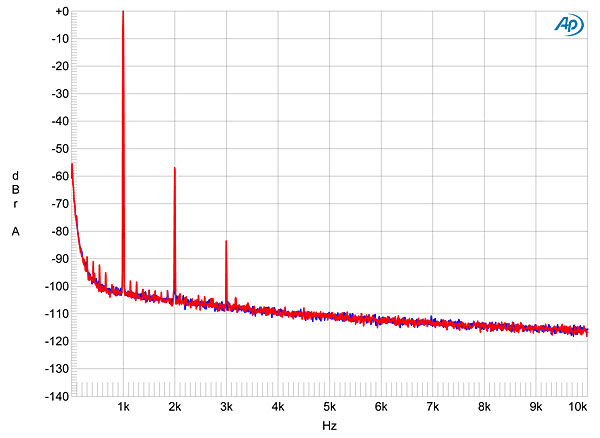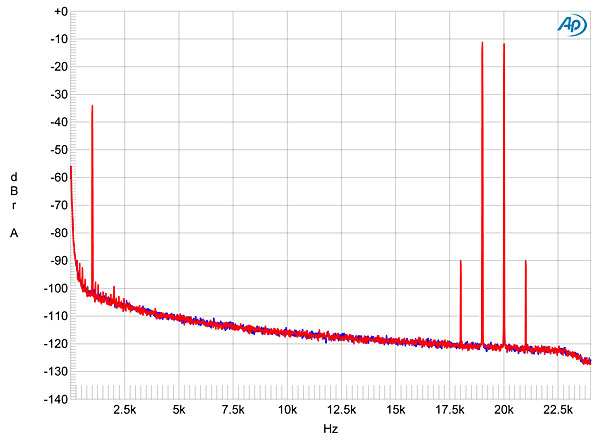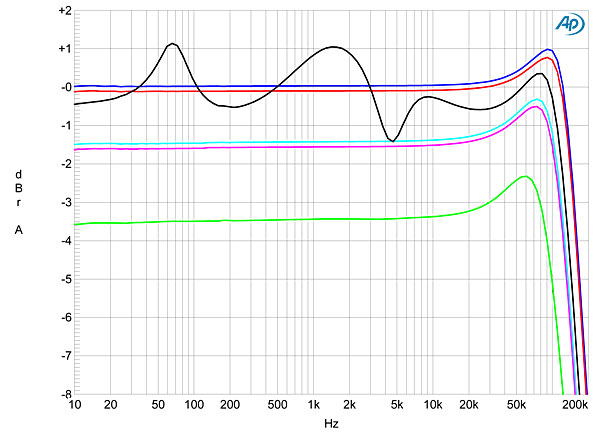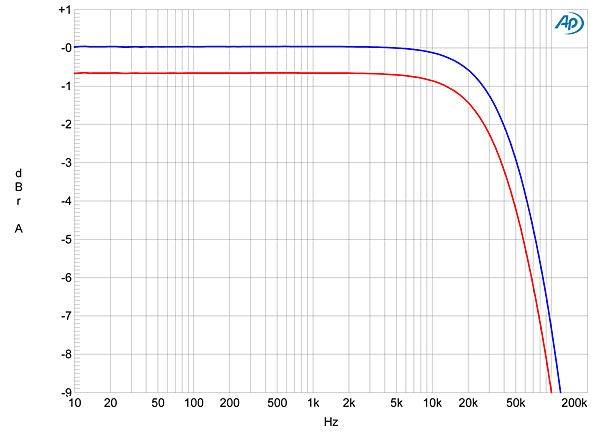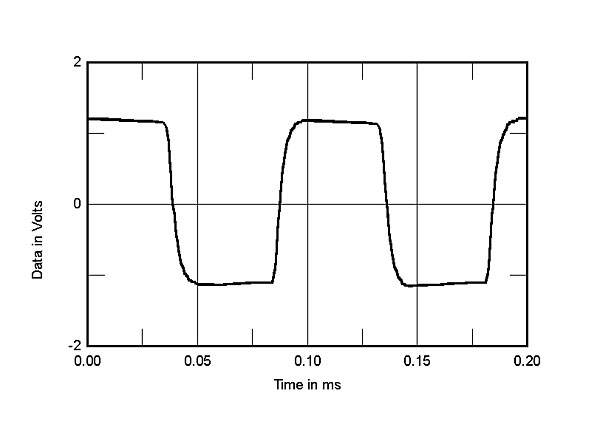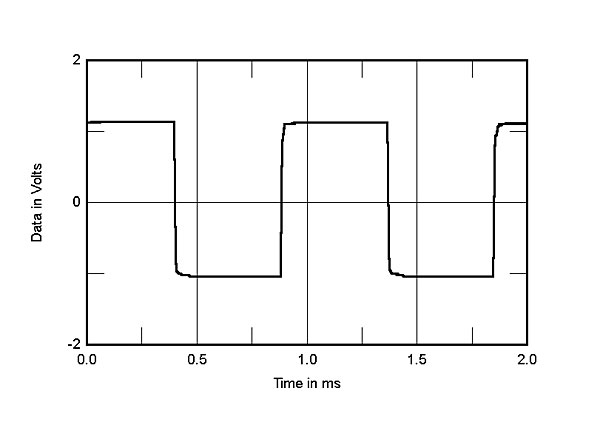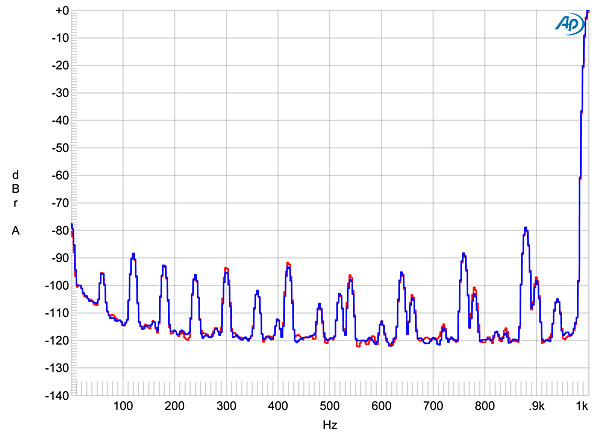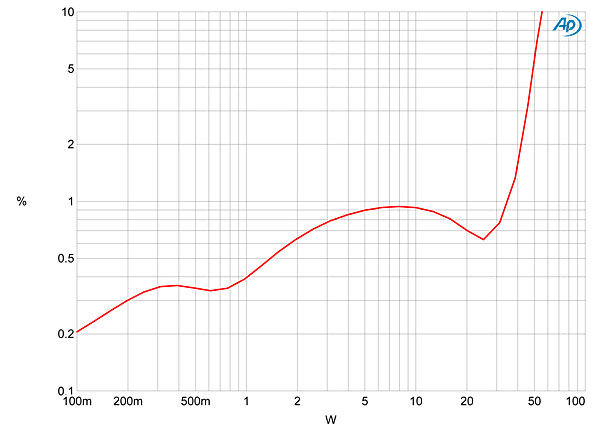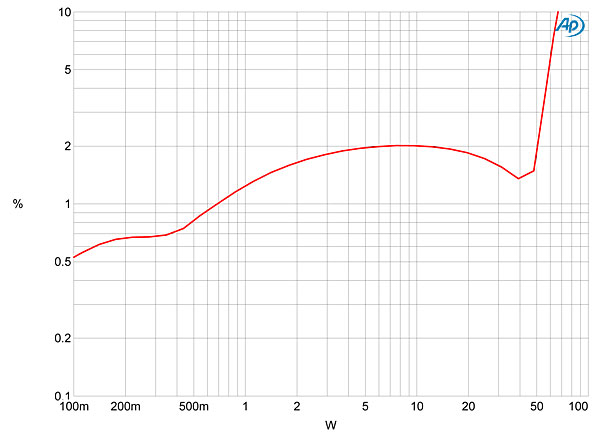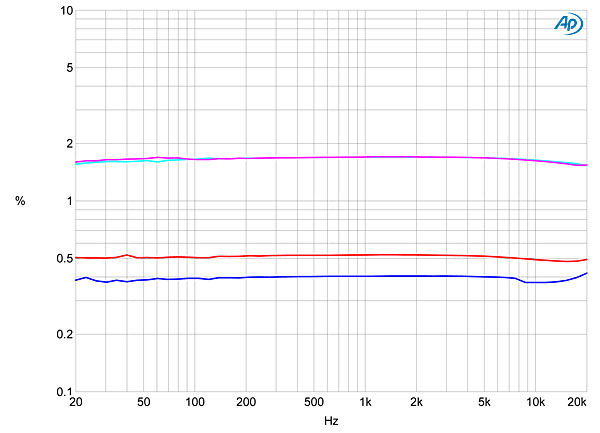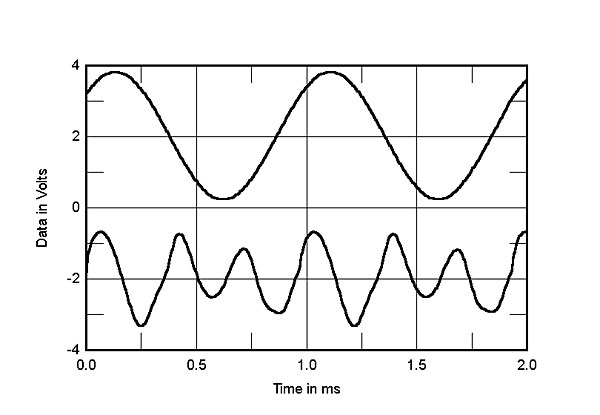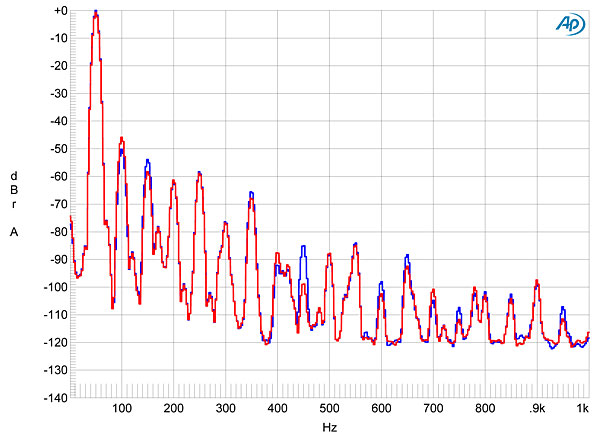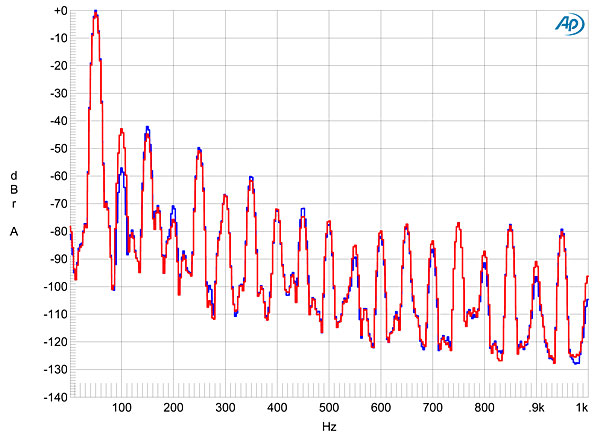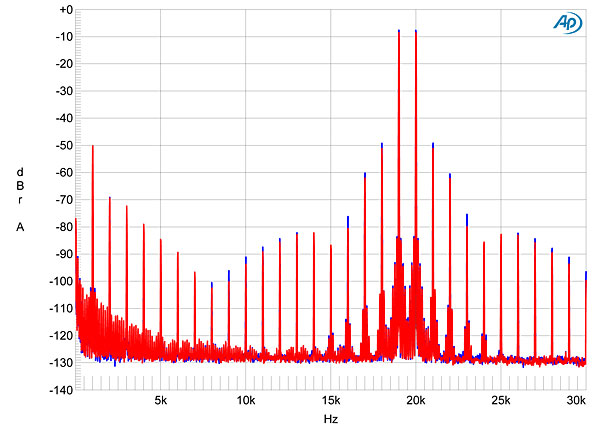| Columns Retired Columns & Blogs |
between this and the preceding review of Marantz's Network Audio Player. Idiosyncratic old school vs bleeding edge new age. This is why I love reading Stereophile!
Despite the measured flaws JA found in the Croft, Art and Stephens' emotional reactions (and greater focus on the music played than the player) spoke louder - particularily since they're both contextually well informed. It's not the first time I've noticed such a discrepancy in these pages. What's really going on here? Does art trump sound engineering?
Reminds me of a Japanese mantra; better to do a small thing well than a large thing poorly.
